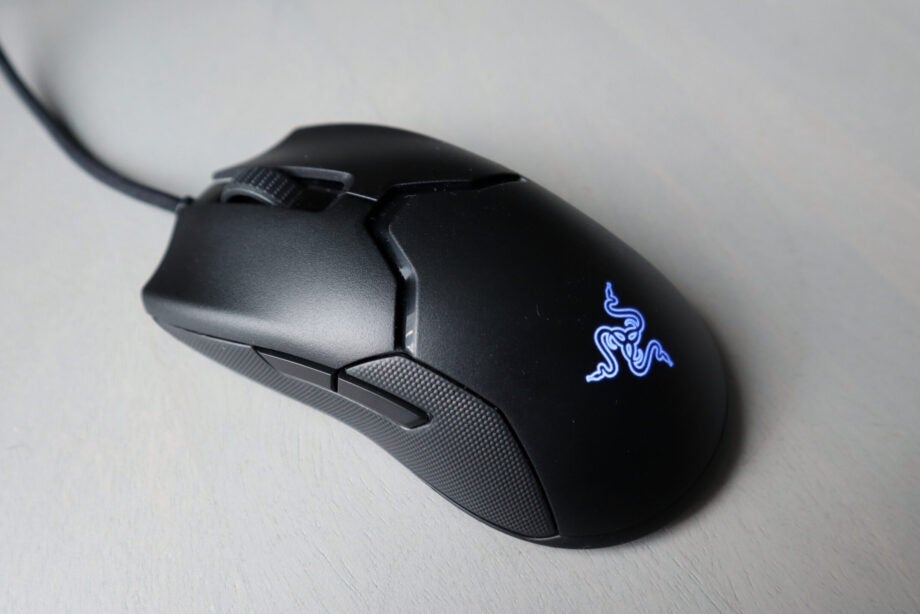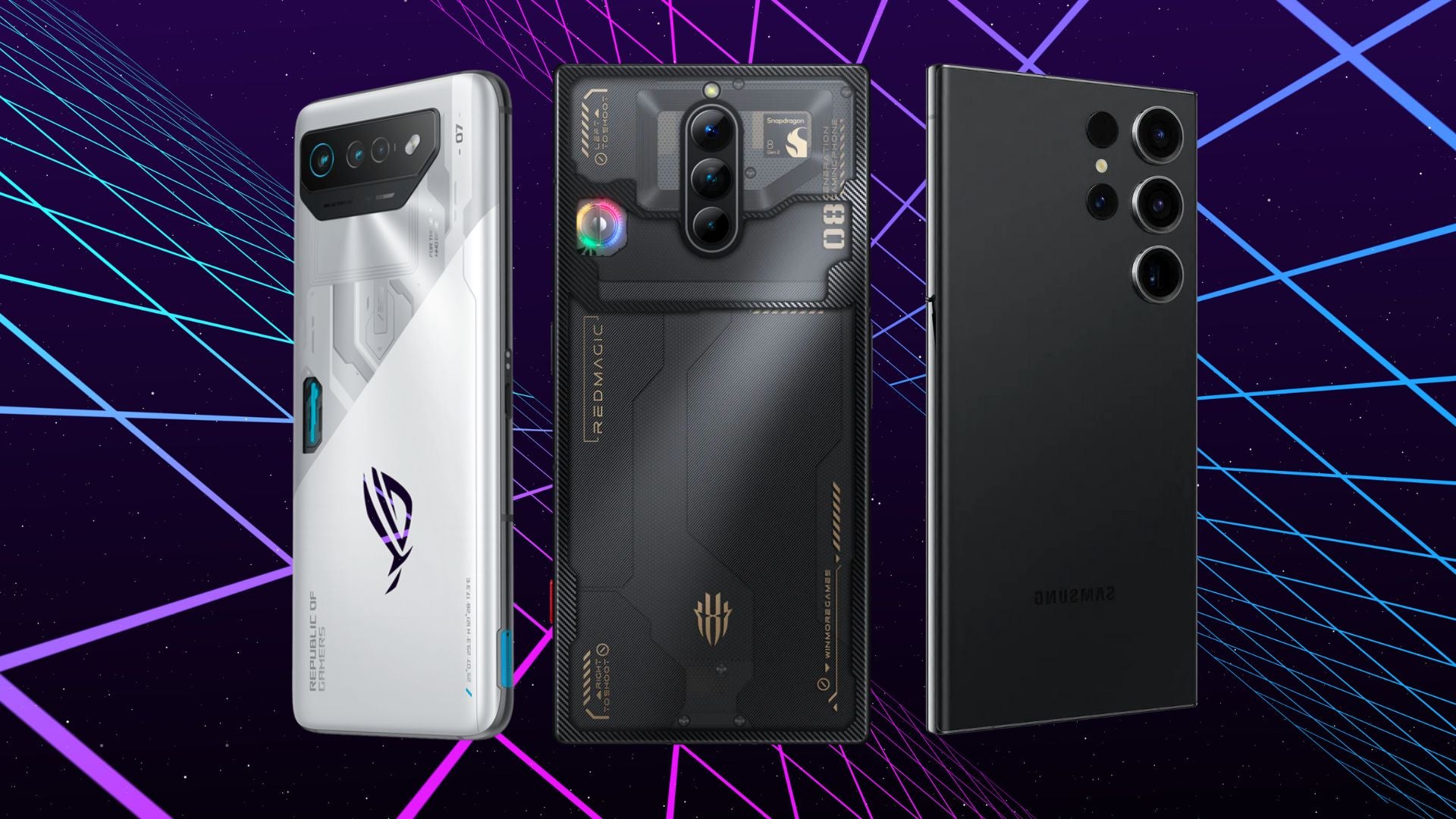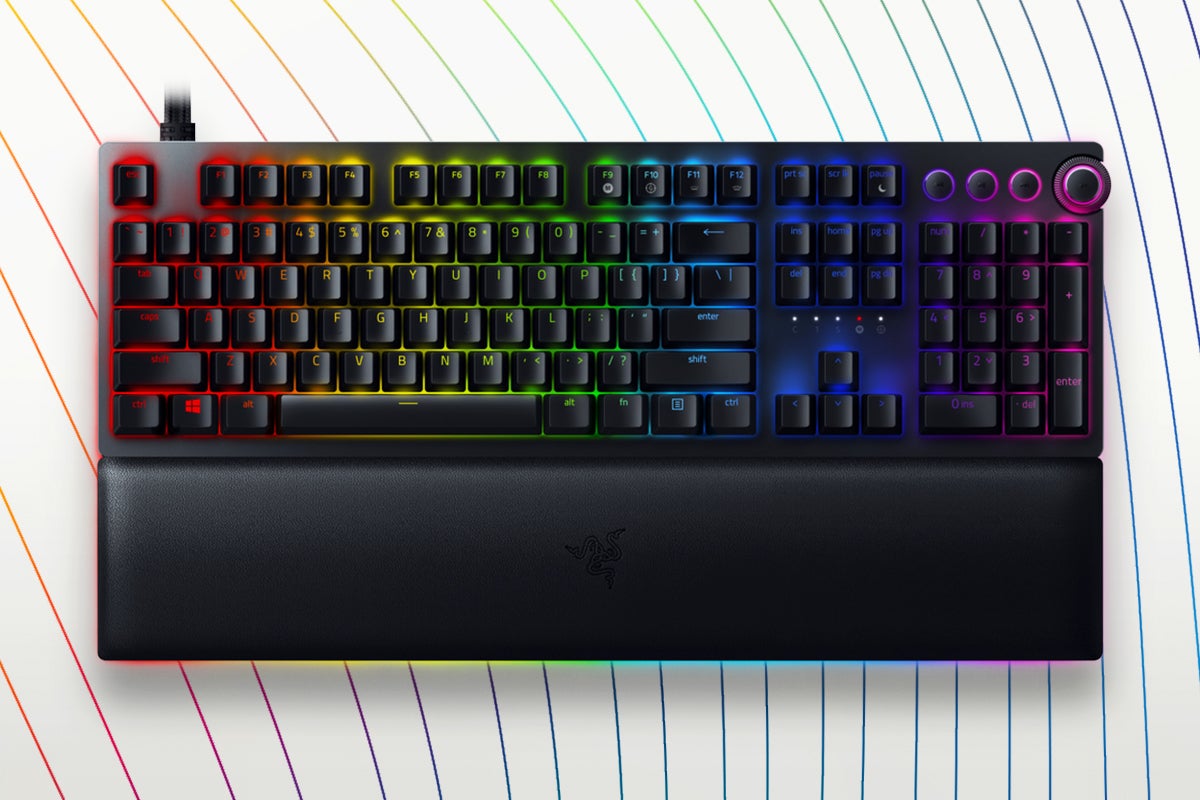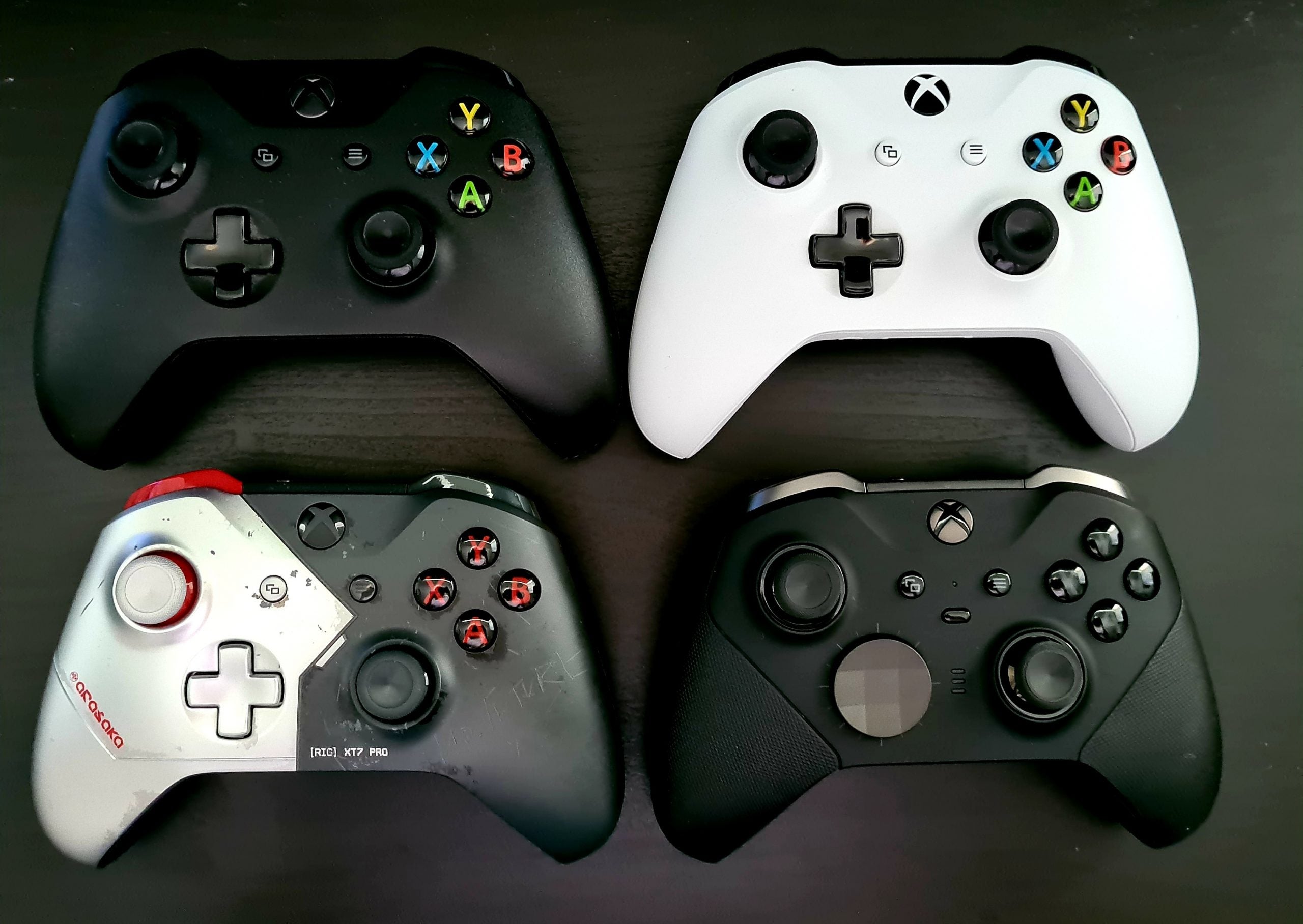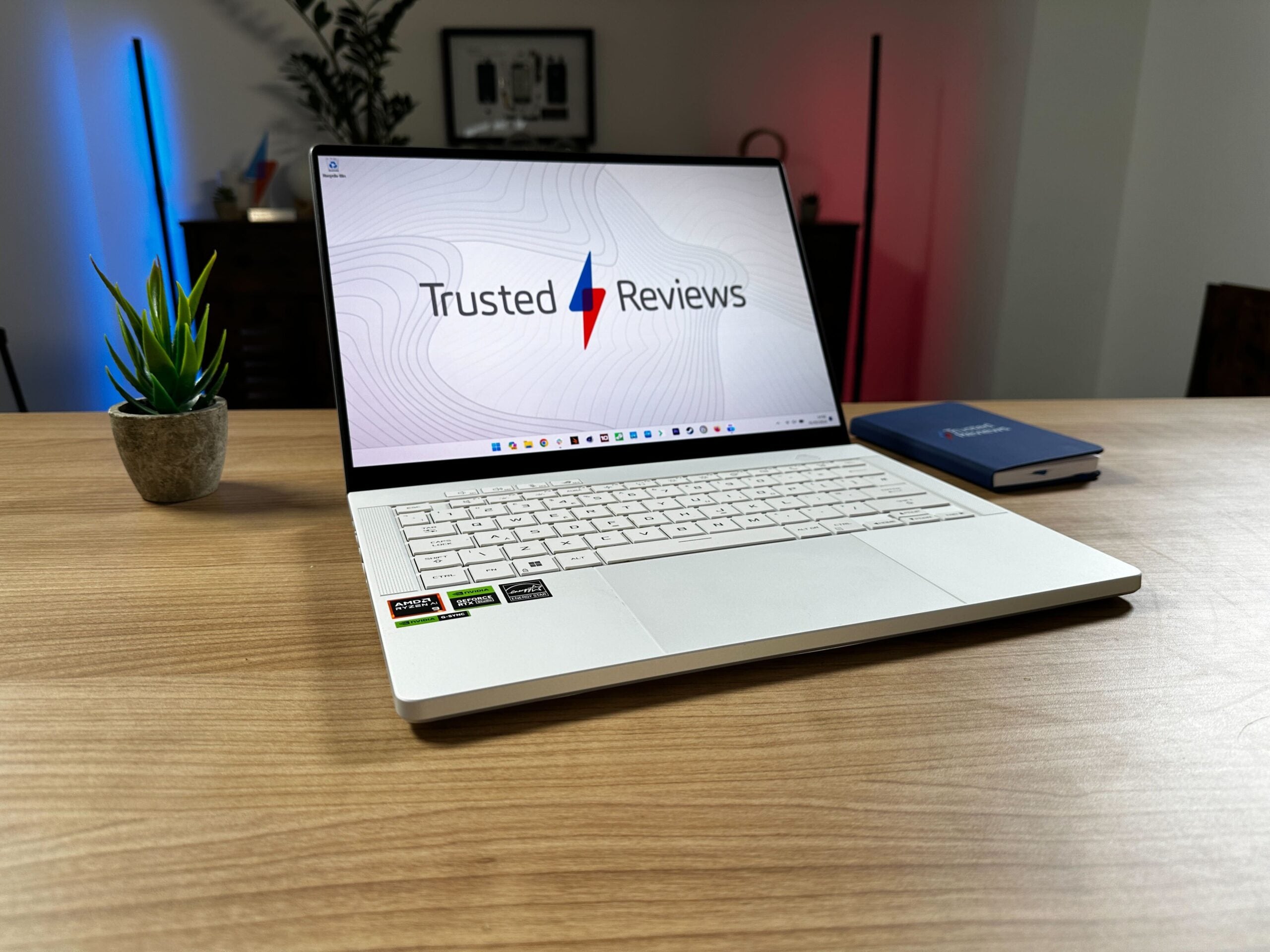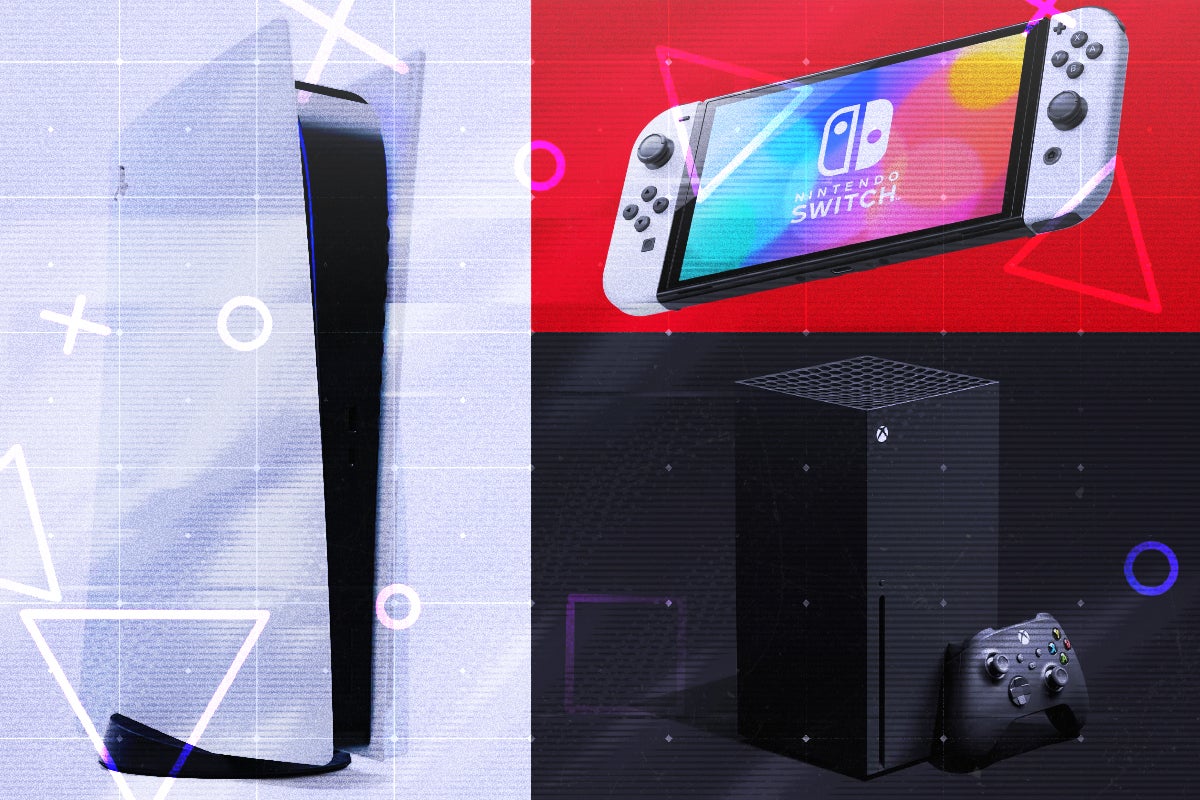Best Mobile Controllers 2024: Top five game pads for iPhone & Android
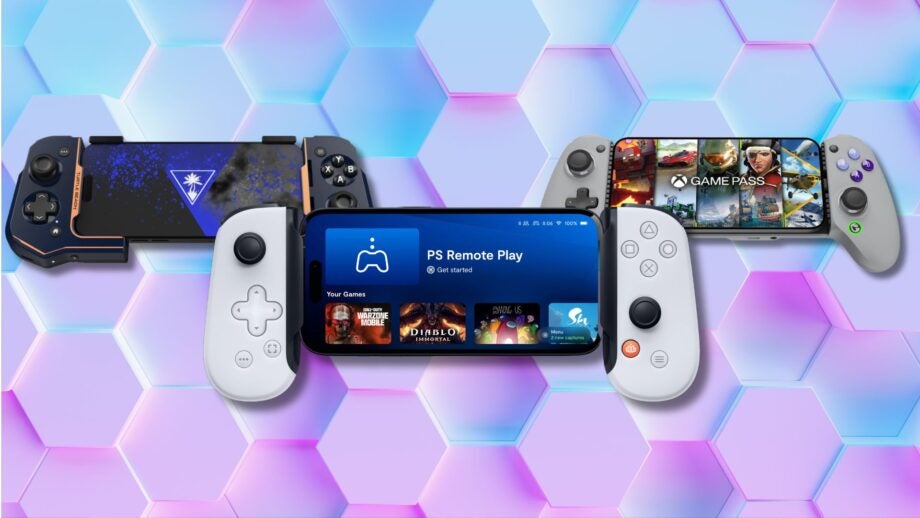
If you want to improve your mobile gaming experience with a new smartphone controller, but you aren’t sure which to buy, we at Trusted Reviews are here to help.
While gaming on a smartphone once meant you were playing Candy Crush or Cut the Rope, modern smartphones – and gaming phones, in particular – are much more capable, and that means games are bigger and better than ever. That comes in various forms, from hit free-to-play titles like Genshin Impact to premium console-level game ports like Call of Duty Mobile, PUBG and Fortnite.
The problem with modern gaming, then, isn’t the availability of games but how you actually play them. Tapping away on a touchscreen doesn’t exactly give you the same experience as wielding a controller, does it? That’s where mobile controllers come in. These accessories slot onto your phone and provide something close to a regular game controller experience.
Of course, not all controllers are built equally, and for every stellar controller on the market, there are more than a few flops. That’s where we at Trusted Reviews come in; we’ve tested a wide range of mobile controllers, using them as our main gameplay accessory for at least a week, and selected the very best for your perusal.
If you’re more of a traditional big-screen gamer, check out our selection of the best game controllers to boost your PC or console gameplay experience.
Best mobile controllers at a glance
- Best overall: Backbone One (2023) – check price
- Best hardware: GameSir G8 Galileo – check price
- Most compact: Turtle Beach Atom – check price
- Best for haptic feedback: Razer Kishi V2 Pro – check price
- Best for active cooling: GameSir X3 – check price
How we test
Every mobile controller we test is used by the reviewer as their main gamepad for at least a week. During that time, we’ll test it on a variety of mobile games, from FPS shooters to racing games.
We’ll test both wired and wireless connectivity where available to ensure there’s no latency or issues that may impede your gaming experience. In instances where the controller needs power for use, we’ll also check the pad’s battery life, measuring how much playtime it offers before needing to be charged.
Where applicable, we’ll also test how customisable they are and delve into the companion apps to see what they offer.
 Best overall
Best overall
- Excellent mobile gaming controls
- Improved and updated hardware compatibility
- Excellent all-encompassing UI
- Still expensive
- Can be fiddly to fit your phone
- Not very different from the original
 Best hardware
Best hardware
- Superb build quality and controls
- Replaceable Hall Effect analogue sticks
- Works with a wide range of phones
- Iffy software, especially for iPhone users
- Not the most portable controller of its kind
- Not cheap
 Most compact
Most compact
- Bluetooth connectivity means wider game compatibility
- Ergonomic design
- Clever portable design
- Clunky sticky pad mounting system
- Bluetooth means no pass-through charging or wired headphones
- Controls not as premium-feeling as top rivals
 Best for haptic feedback
Best for haptic feedback
- Compact and light
- Solid gaming performance
- Bonus trigger controls
- Overpriced
- HyperSense haptics not entirely successful
- Doesn’t feel as premium as BackBone One
 Best for active cooling
Best for active cooling
- Unique active cooling system
- Chunky, comfortable holding position
- Flexible control set-ups
- Need to plug in for cooling
- Janky, unintuitive software
- Controls don’t feel the most premium

Backbone One (2023)
Best overall
Pros
- Excellent mobile gaming controls
- Improved and updated hardware compatibility
- Excellent all-encompassing UI
Cons
- Still expensive
- Can be fiddly to fit your phone
- Not very different from the original
If you’re in the market for a mobile controller that does it all, the Backbone One (2023) should be at the top of your list. It not only looks and feels great, but it offers wide compatibility with both USB-C and Lightning variants, and its companion app is one of the better options around right now.
While the Backbone One might not look all that different from the swathe of clamp-style mobile controllers on the market, small tweaks to its already premium design make it all the more accommodating. These include new swappable magnetic adapters that allow support for phones of all shapes and sizes, along with returning favourites like a 3.5mm headphone jack for wired audio and a USB-C port for passthrough charging.
The Backbone One offers your usual slate of console-esque controls including analogue sticks, a D-pad, buttons and rear triggers, with the company offering both PlayStation and Xbox-specific branding for compatibility with their respective cloud game streaming apps. The quality and build are top-notch, with a tight tolerance on both the buttons and triggers that make them feel ultra-responsive in titles like Resident Evil Village.
The accompanying Backbone app is also polished to a high level, providing shortcuts to installed games on your phone as well as links to cloud gaming services in a PlayStation-esque UI. And for games that don’t offer controller support, Backbone’s clever TouchSync software automatically maps controls.
It might be pricey, but it offers a top-notch gaming experience.
Reviewer: Jon Mundy
Review: Backbone One (2023) review
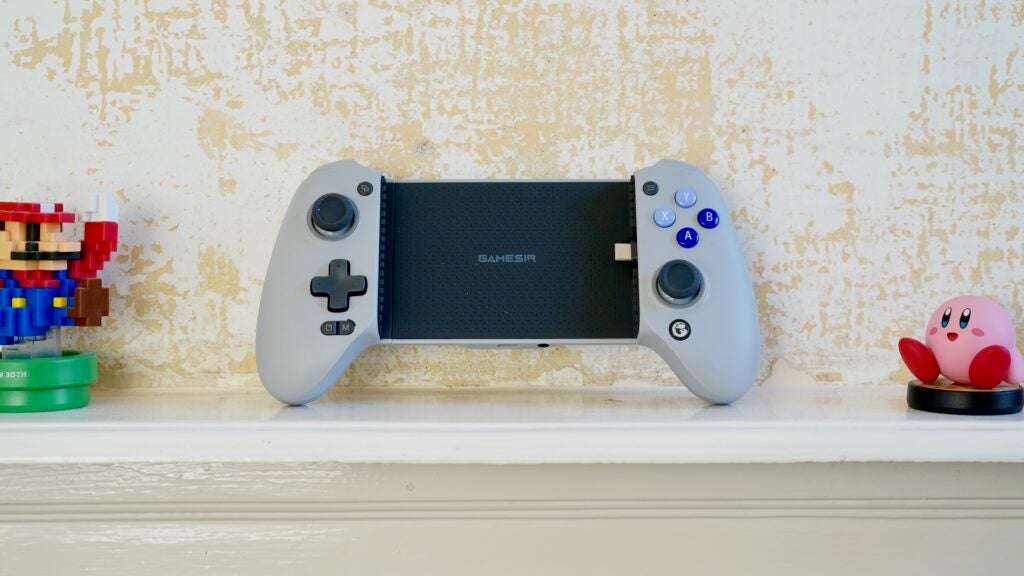
GameSir G8 Galileo
Best hardware
Pros
- Superb build quality and controls
- Replaceable Hall Effect analogue sticks
- Works with a wide range of phones
Cons
- Iffy software, especially for iPhone users
- Not the most portable controller of its kind
- Not cheap
When it comes to mobile gaming hardware, it’s hard to fault the GameSir G8 Galileo. It’s one of the more premium options from the accessory maker, but it’s well worth the cost.
It sports the same clamp-style design as most other mobile controllers, but the expanding mechanism offers less of a fight to get the phone into place. It features a wide and smooth-sliding bridge, the open rubberised grip system means you don’t need any fiddly adapters to make phones fit into place, and the experience is further improved by a hinged USB-C connector.
The controller is big and heavy at 253g, but that’s because the G8 Galileo adopts a full-size controller shape – like an Xbox controller that has been split in two. It includes the regular combination of buttons and analogue sticks, and you can swap the sticks for Hall Effect alternatives that come in the box to further tailor the experience. There are two remappable controls on the rear too.
With hardware like that, the G8 Galileo was in the running for our ‘best overall’ award – but the GameSir companion app puts a dampener on things compared to the likes of the Backbone One and Razer Kishi V2 Pro.
The app not only lacks the general polish of the competition, but it regularly failed to recognise the controller on iOS (though it still worked fine in games) and even though it provides profiles for games that lack controller support like Call of Duty Mobile, these didn’t work in testing.
Reviewer: Jon Mundy
Review: GameSir G8 Galileo review

Turtle Beach Atom
Most compact
Pros
- Bluetooth connectivity means wider game compatibility
- Ergonomic design
- Clever portable design
Cons
- Clunky sticky pad mounting system
- Bluetooth means no pass-through charging or wired headphones
- Controls not as premium-feeling as top rivals
The Turtle Beach Atom is a rather unique mobile controller as, unlike the majority that are connected by some kind of spring mechanism, the Atom is made of two distinct parts that connect via a proprietary 2.4GHz wireless link. So rather than fiddling with a clamp mechanism, the left and right portions attach snuggly to the sides of your phone using vertical clamps.
The only downside to this approach is how Turtle Beach handles securing phones into place, providing a couple of sizes of sticky pads that stick on each side of controller. It feels comparatively cheap compared to the magnetic alternative from Backbone, and the spongey texture will likely flatten and become less useful over time.
Fit niggles aside, the Atom’s design allows for it to be impressively portable, with magnets holding the two halves together when not in active use. The use of Bluetooth instead of USB-C also allows for wider compatibility with both Lightning and USB-C devices, though as a result, you’ll have to charge the controller separately to use it.
Importantly, the gaming experience from the full-size controls is solid, if not quite as premium as other options in our chart. The accompanying Turtle Beach Atom app not only provides shortcuts to games, but allows you to customise elements like analogue dead zones and responsiveness to get the best performance possible from the accessory.
Reviewer: Jon Mundy
Review: Turtle Beach Atom review

Razer Kishi V2 Pro
Best for haptic feedback
Pros
- Compact and light
- Solid gaming performance
- Bonus trigger controls
Cons
- Overpriced
- HyperSense haptics not entirely successful
- Doesn’t feel as premium as BackBone One
The Razer Kishi V2 Pro started life as a dedicated controller for the Razer Edge gaming tablet, but the company has since started offering the controller separately – and with its USP, it’s not hard to see why.
You see, unlike most mobile controllers on the market, the Razer Kishi V2 Pro actually offers haptic feedback in the form of the company’s HyperSense system. It might seem odd, but iOS and Android don’t officially offer haptic feedback for controllers – it’s one of the biggest disparities between mobile gaming and PC/console gaming.
Razer got around this issue by taking audio input as a cue to generate rumbling haptic feedback to explosions, gunshots, and the like. The downside is that the rumble sometimes kicks in at odd times. It’s not explicitly programmed, as would be the case with PC and console gaming, but it does help bridge the gap somewhat.
Elsewhere, the Razer Kishi V2 Pro is a familiar device with the same expanding design as most other options in our chart. It’s complete with the usual smattering of controls and triggers, though there are additional digital buttons on the top edge to help give you an edge in online games. The performance is refreshingly solid, too, with clicky responsive feedback that translates well to games like Dead Cells.
The big issue right now is compatibility; even with a USB-C connection suited to the iPhone 15 range, the controller doesn’t currently work with iOS devices. Razer claims a fix is on the way, but for now, this one is for Android gamers only. It’s also very expensive compared to other options in our chart, so be sure you’ll make the most of the haptics before investing.
Reviewer: Jon Mundy
Review: Razer Kishi V2 Pro review

GameSir X3
Best for active cooling
Pros
- Unique active cooling system
- Chunky, comfortable holding position
- Flexible control set-ups
Cons
- Need to plug in for cooling
- Janky, unintuitive software
- Controls don’t feel the most premium
The GameSir X3 may not achieve the same lofty heights as the company’s own Galileo G8, but it does offer something that most competitors don’t: active cooling.
You don’t need us to explain that smartphones can get pretty hot when playing games, especially over longer periods, but you might not know that this can have a negative impact on performance as phones essentially throttle performance to keep things cool. The GameSir X3 helps negate this issue with the use of a Peltier cooling system that draws heat away from your phone’s body using a combination of silicone plates and a big old fan.
This does mean that the USB-C-enabled GameSir X3 is a chunky, hefty controller that, at 292g, is a whopping 40g heavier than the already-cumbersome G8 Galileo. You do get a carry case with the controller, but it doesn’t really make it that much more portable.
The bigger downside is that the controller needs to be plugged into a wall outlet to be powered, which pretty much makes the X3 an at-home device. And that’s a bit of a shame, considering the Nintendo Switch-esque design and digital triggers for fast response times deliver a pretty solid gaming experience, improved by the active cooling of the controller.
Reviewer: Jon Mundy
Review: GameSir X3 review
FAQs
They should, but we’ve mentioned specific cases above (like the Razer Kishi V2 Pro) where support is not yet available.
It depends on your use case. Wired controllers deliver lower latency and potentially features like passthrough charging and a 3.5mm headphone jack, but you’ll also be tied to whatever connector is used. Wireless Bluetooth controllers, on the other hand, are compatible with a wider range of devices, though they’ll need charging separately.


